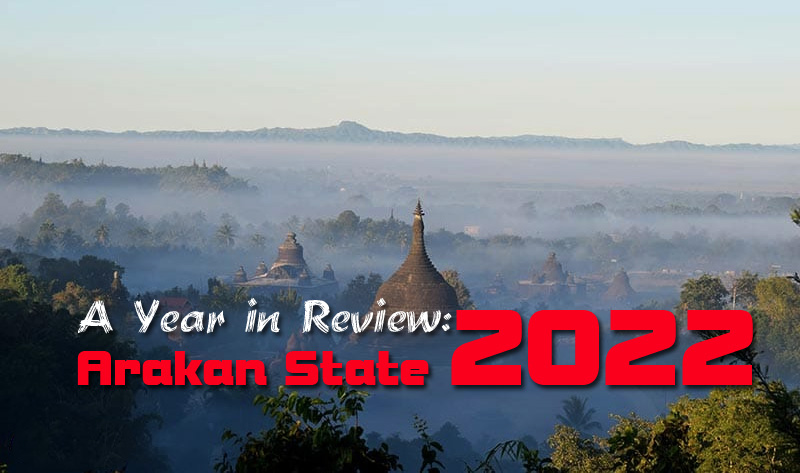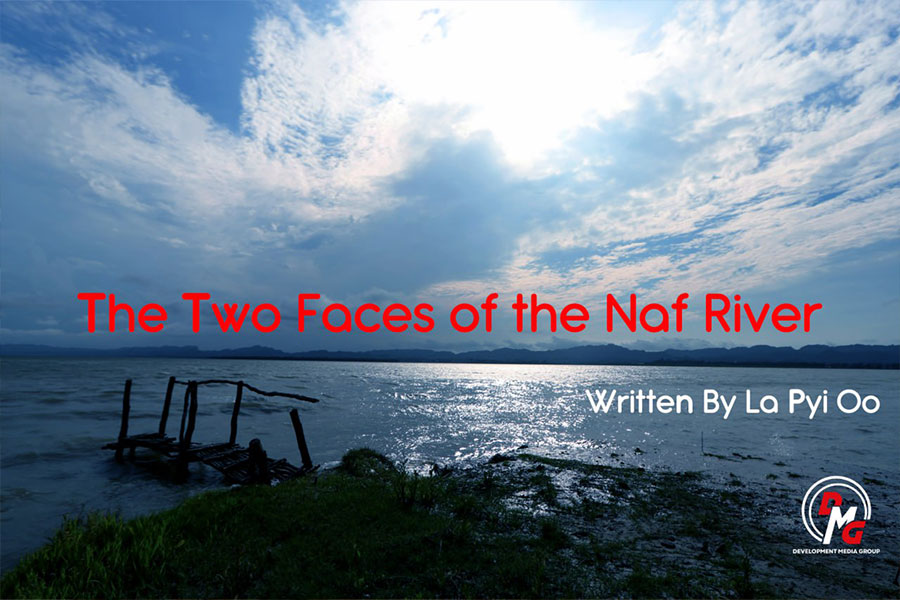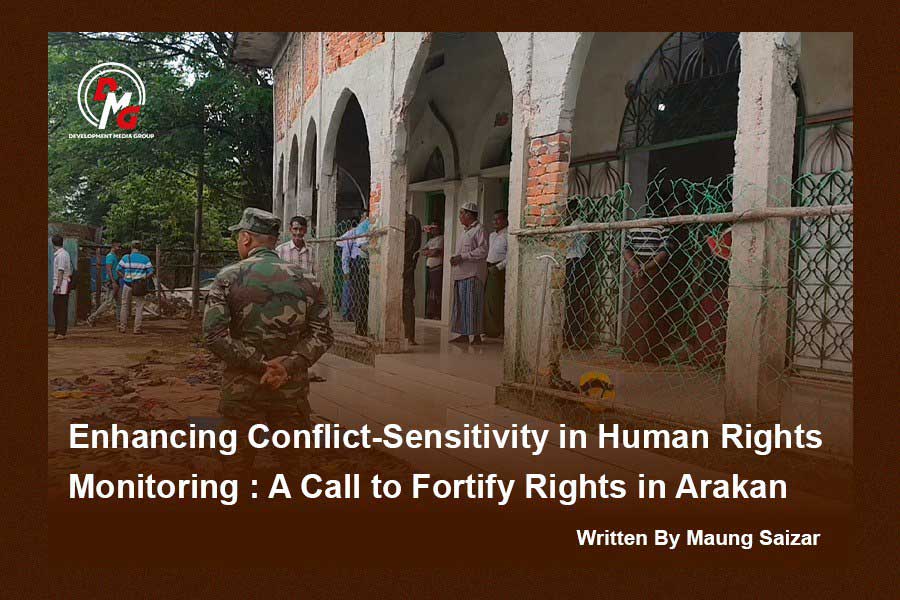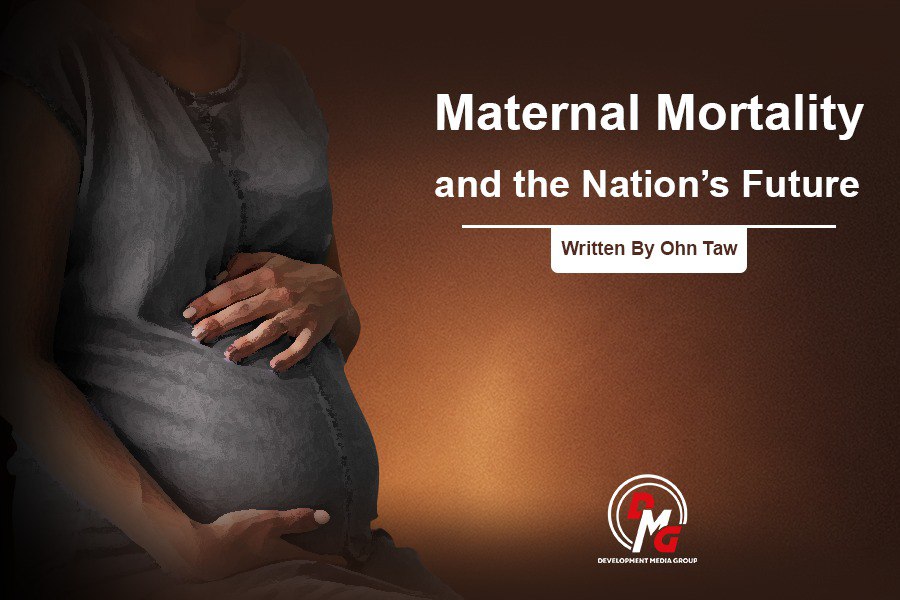- Junta unable to hold elections in dozens of wards and village-tracts in Sittwe, Kyaukphyu
- Fighting escalates between Myanmar military, Arakan Army in Ayeyarwady Region
- Regime steps up civilian arrests in Sittwe
- ULA safeguards Mrauk-U's ancient heritage
- Arakan on the Edge: What the DMG Landmine Impact Report Reveals About Myanmar's Deepening Humanitarian Crisis
A Year in Review: Arakan State 2022
The year 2022 has come to an end and the New Year has begun. Like other parts of Myanmar, Arakan State faced bloodshed and crises over the past year.
09 Jan 2023

Written by Gaung
The year 2022 has come to an end and the New Year has begun. Like other parts of Myanmar, Arakan State faced bloodshed and crises over the past year.
It was a difficult year for Arakanese people. After 18 months of relative calm in Arakan State, the Myanmar military and the Arakan Army (AA) engaged in renewed hostilities. There was confrontation simmering between the two sides in administration and judicial sectors before the fighting broke out.
“In 2022, only the first six months were stable. But then, even when there was no gunfire, there was political rivalry going on between the Myanmar military and the AA in those months,” said former Lower House lawmaker U Oo Tun Win of Kyauktaw Township.
Early 2022
A new chapter began on relations between the Arakanese and Muslim communities in Arakan State. The year started with a friendly football match in Bo Min Village, Kyauktaw Township, on January 1, 2022, organised by the AA. The two communities started to see harmony, and leaders from both communities gave credit to AA leadership.
“After the AA arrived in 2017, the AA chief accepted the existence of Muslims in Arakan and publicly said the terminology would be dealt with later. This brought harmony,” said Muslim writer U Aung Khin.
There was no fighting between the Myanmar military and the AA in early 2022, and it is fair to say the relationship was good. The AA accepted Covid-19 vaccines supplied by the Myanmar military in January.
A United League of Arakan (ULA) delegation led by U Oo Hla Saw attended the 75th anniversary of Union Day organised by the regime. That day, the Myanmar military released 46 detainees who were on trial on suspicion of having ties to the AA.
The regime’s administrative body, the State Administration Council (SAC), invited the AA to peace talks, but the ethnic armed group rejected peace talks, saying the SAC is not the elected government. Since March, the AA has held press conferences monthly.
Rising Tensions
Tensions, however, built up between the regime and the AA as the former attempted to stop the latter from consolidating its control. The regime was not happy that the AA organised Thingyan water festivities and musical events in areas under its control.
AA chief Major-General Twan Mrat Naing tweeted on May 6 that the armed group would crush the Western Command in a tweet targeting Western Command chief Maj-Gen Htin Latt Oo. Junta spokesman Major-General Zaw Min Tun, during a press conference on May 19, called the remark provocative but said the regime was nonetheless “tolerating” it in consideration of Arakanese people. He warned the AA not to blame the Myanmar military if something bad happened.
An online meeting between the leaders of the parallel National Unity Government and the AA on May 16 further upset the regime.
The AA also provided training and arms to revolutionary forces including the Bamar People’s Liberation Army, the Chinland Defense Force in Chin State, the People’s Defense Force in Magwe, which further soured the relations between the AA and the regime. The regime then reinforced its troops and weaponry in Arakan State.
It was not that there was absolute stability in Arakan State and Chin State’s Paletwa before that. There were clashes near Mee Tike Village in the north of Maungdaw Township on February 4, near Wetkaung Village in Myebon Township on April 13, near Thanhtaung Village in Paletwa Township on May 15, and near Suu Pote Mountain in Paletwa on May 26.
Arrests by both sides added to a deteriorating relationship. The regime and the AA traded arrests, with the AA arresting two junta soldiers in Kyauktaw town on May 11.
Through July, the AA arrested at least 40 junta soldiers and police members in Kyauktaw, Ponnagyun, Mrauk-U, Ma-Ei and Sittwe. The AA also arrested Arakan Liberation Party members, some monks and politicians including U Kyaw Zaw Oo and U Kyaw Lwin.
The regime, for its part, arrested local activists, philanthropists, and businessmen on suspicion of having ties to the AA.
“The regime made arrests in Thandwe, Taungup, Kyaukphyu, Manaung, Ramree and Ann townships. 324 innocent civilians were arrested. 85 of them were released, but 239 remain in detention,” AA spokesman U Khaing Thukha told a press briefing on November 28.
The regime’s arrest of activists, members of civil society organisations, and departmental staff including education staff was intended to instil fear in people, said Arakanese politicians.
“The regime could not fight the AA militarily, so it used civilians to threaten the AA,” said veteran Arakanese politician U Pe Than.
Fierce Fighting Resumes
The fighting broke out in July again in Arakan State. The regime bombed an AA outpost in an area controlled by the Karen National Liberation Army’s Brigade 5 near the Myanmar-Thai border. Six AA fighters were killed, and many were injured.
Fierce fighting took place in northern Maungdaw on July 18, and the AA arrested 14 junta personnel. The AA said it was a retaliatory attack in response to the fatal junta air raid on the AA outpost in KNLA territory.
What was significant about the renewed fighting was it mainly took place near the Bangladesh and India borders. Military analysts suggested the AA was attempting to gain a foothold in the border region.
“The AA besieged tactical hilltop outposts and bases of the regime. It could control areas in such border areas as Maungdaw and Paletwa,” said U Pe Than.
The AA gained the upper hand in the fighting along the Myanmar-Bangladesh border, and seized seven junta and border guard outposts, said U Khaing Thukha at a press conference on August 11.
Some Muslim refugees at the border were injured as junta artillery shells landed in Bangladesh, prompting the Bangladeshi government to raise an objection.
Clashes took place almost on a daily basis for some five months in Kyauktaw, Ponnagyun, Rathedaung, Buthidaung, Ann, Taungup and Paletwa townships. In those clashes, the regime barely used its ground troops to attack AA bases, rather it mainly used jets, helicopters, and artillery to carry out attacks.
“The military did not attack the AA but instead opened fire on residential areas. The military continued to commit arson and set fire to houses without there being any fighting,” U Pe Than said.
Mass casualties occurred in Mrauk-U, Maungdaw, Ponnagyun and Kyauktaw townships due to the military’s heavy weapons firing into villages.
Fifty-one civilians died and 143 others were injured in four months of renewed fighting between the Myanmar military and Arakan Army in Arakan State and Chin State’s Paletwa Township, according to a DMG tally. They were killed or injured by artillery strikes, landmines, drone attacks and gunshots from August to the end of November. Artillery strikes accounted for the majority of casualties.
U Khaing Thukha said at an online press conference that at least 26 civilians in Arakan State were killed and 111 others were injured by Myanmar military artillery strikes, gunfire and other conflict-related violence from September 20 to November 27.
The two sides reached an informal ceasefire on November 26, but since renewed fighting erupted between the Myanmar military and the Arakan Army in August, at least 23 houses were razed by artillery strikes and junta arson attacks in Arakan State, according to a DMG tally. The military regime said it had released 18 AA members for the sake of national unity and internal peace, and in commemoration of Myanmar’s National Day on November 17.
With the Myanmar military restricting access to some townships in Arakan State, some villages are facing medical shortages. The regime imposed travel restrictions in Maungdaw, Buthidaung, Rathedaung and Mrauk-U townships amid the renewed fighting between the military and Arakan Army in Arakan State, some of which remain in place more than a month since the latest ceasefire.
Many people suffered bitterly from the hardships of these economic times, from exorbitantly rising commodity and food prices to fuel and job shortages.
In tracing the party politics of the last year, there is not much difference. The powerful political parties in Arakan State, Arakan National Party (ANP) and Arakan Front Party (AFP), attended the PR system discussions for the upcoming election prepared by the regime, but there was no preparation for the election.
Despite the calm of the political parties in Arakan State, the Union Solidarity and Development Party (USDP) started campaigns about elections in some townships in December. However, the people of Arakan State have no interest in the junta’s election.
There was no political discussion in Arakan State, only military changes in 2022. As an exception, the Arakan Liberation Party (ALP) has held talks with the military council several times, but no significant results have emerged, and the public has little confidence in the ALP.
The Arakanese media also faced many crises in 2022. The military’s Major Phone Myat Kyaw has opened a case against the chief editor and a reporter of Western News under Section 124(a) of the Penal Code. Similarly, the editor-in-chief of Narinjara and some officials of DMG and some other reporters from Arakan State are currently on the run due to the military council’s attempts to arrest them.
Hardships Persist for IDPs
In 2022, IDPs suffered even more hardships. One reason was that both land and water routes were blocked by the military council due to the military conflict. Myanmar’s military regime has barred local and international nongovernmental organisations (NGOs) from travelling to multiple townships in Arakan State following the renewed fighting between junta troops and the Arakan Army in Arakan State.
“Philanthropists were arrested, tried and imprisoned by the military under various sections. It was not easy to work effectively in helping IDPs,” said well-known social activist Ko Ann Thargyi.
From August to mid-October, the number of IDPs in Arakan State and Paletwa Township increased by more than 17,000 due to the resurgence of hostilities. In a statement on October 19, the UN Office for the Coordination of Humanitarian Affairs (UNOCHA) said that with those newly displaced, the total number of IDPs from past and present military-AA fighting stood at more than 91,000.
In addition, after the informal ceasefire, the military regime is counting the number of IDPs to return to their homes, but there are still many refugees who have not been able to return for a variety of reasons.
“Now, the village is like a forest,” said Daw Hla Yin Oo, a former resident of Tinma Village in Kyauktaw Township, who has been taking shelter at Wibezzawadi displacement camp for nearly three years. “There are no more houses in the village, and our cattle are gone. So, we will only return home if the government ensures rehabilitation and guarantees our security.”
Despite the latest ceasefire, landmines and explosive remnants of war (ERWs) in areas around where fighting took place still threaten the way home for those displaced.
Reflection and Questions at the Dawn of 2023
From the beginning to the end of 2022, there were many good and bad things for the people of Arakan State. Both the military and the AA observed an informal ceasefire on humanitarian grounds, but not before the conflict claimed too many more lives and wrought too much additional hardship.
Although the Arakan conflict has stopped, stability in the state remains difficult to predict. The people of Arakan State, unfortunately, enter 2023 with good reason to fear a potential resumption of military AA-hostilities. It is a familiar feeling that was, at the same time, not front of mind a year ago as we passed from 2021 to 2022.




















